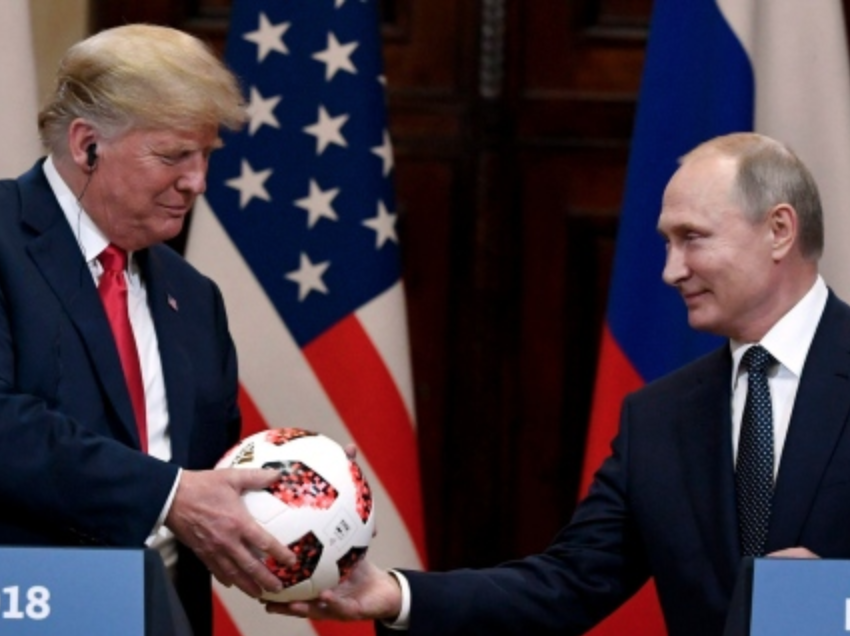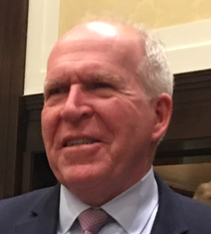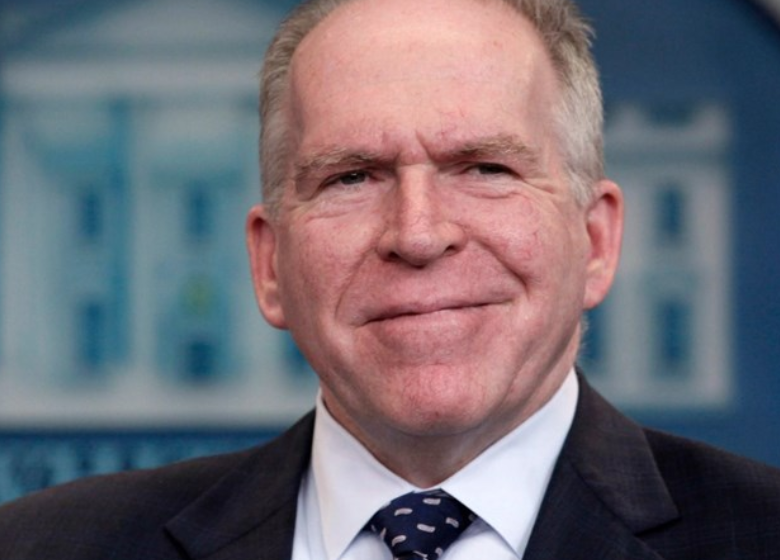
[Inside the Five Eyes series: Part 1 |Part 2 | Part 3| Part 4 is below]
The global Five Eyes signals intelligence network is now woven, almost invisibly, into the policy and politics of the English-speaking world. Its leaders are almost never seen in public. The first time that representatives of all five partners of the 75 year old alliance appeared together in public was in November 2018.
Yet as the member agencies of the Five Eyes and affiliated services, share secrets in real time, they not only challenge geopolitical rivals, like China and Russia. They also gain advantage over domestic factions and leaders perceived as threat to their mission.
Investigating a President
The Trump-Russia investigation is a case in point.
In April 2017 the Guardian reported tha GCHQ first became aware in late 2015 of suspicious “interactions” between figures connected to candidate Donald Trump and known or suspected Russian agents. A source “close to UK intelligence” told British news site that the information was passed to the U.S. as part of a routine exchange of information. Australia also relayed material about the Trump campaign and Russia in 2016, according to the Guardian.
At the time of the Guardian story, a Fox News host charged that the GCHQ spied on president-elect Trump at the behest of President Obama, an allegation the network’s own reporters admitted they could not confirm. In a rare public statement, the GCHQ called the allegation it spied on Trump “nonsense.”
But the denial of Trump Tower spying implicitly acknowledged that the British had taken counterintelligence action against Trump’s entourage. The Guardian reported the GCHQ “played a crucial role in alerting their counterparts in Washington to contacts between members of Donald Trump’s campaign team and Russian intelligence operatives.”

According to the Guardian’s sources, “GCHQ’s then head, Robert Hannigan, passed material in summer 2016 to the CIA chief, John Brennan. The matter was deemed so sensitive it was handled at ‘director level.’ After an initially slow start, Brennan used GCHQ information and intelligence from other partners to launch a major inter-agency investigation.”
The Justice Department inspector general concluded that the information the FBI received from the CIA justified the investigation and that there was no political bias involved.
Were the Five Eyes partners keeping tabs on a legitimate insurgent leader skeptical of traditional American alliances because they feared what he might do if elected?
Or were they defending the U.S. government from a real counterintelligence threat emanating from the efforts of well-connected Russians to cultivate the Trump campaign?
It was both.
Raiding the Press
The influence of the Five Eyes on Australian media is increasingly evident.
In June 2019, Australian police raided the home of Annika Smethurst, a staff writer for the Herald Sun newspaper, who had recently reported that the Australian Signals Directorate was looking to expand its surveillance capabilities.
The next day, police searched the offices of the Australian Broadcasting Company (ABC), where they downloaded and reviewed more than 9,000 documents related to the ABC’s 2017 report, “The Afghan Files,” about possible war crimes committed by Australian soldiers in Afghanistan.
Neil Gaughan, the acting chief of the Australian Federal Police, justified the raids as a defense of the Five Eyes.
“The Australian government, or particularly the Australian enforcement and intelligence communities, rely on secret and top-secret information from our international partners, particularly our Five Eyes partners,” Gaughan said, “If we can’t be seen to protect our own internal information, [then] we are concerned that the information flow to us dries up.”
Was the Five Eyes threatened by legitimate critical reporting of its policies on the Afghan war and domestic surveillance? Or was it threatened by the unauthorized release of information it prefers to stay classified? Again, it was both.
ABC executive editor John Lyons said the raid was “a real violation because these are emails between this particular journalist and his boss, her boss, its drafts, its scripts of stories. I’ve never seen an assault on the media as savage as this one we’re seeing today at the ABC. … And the chilling message is not so much for the journalists, but it’s also for the public.”
Message: don’t stick your nose in the Five Eyes.
Part 5: The Five Eyes Face the Huawei Challenge
______________



